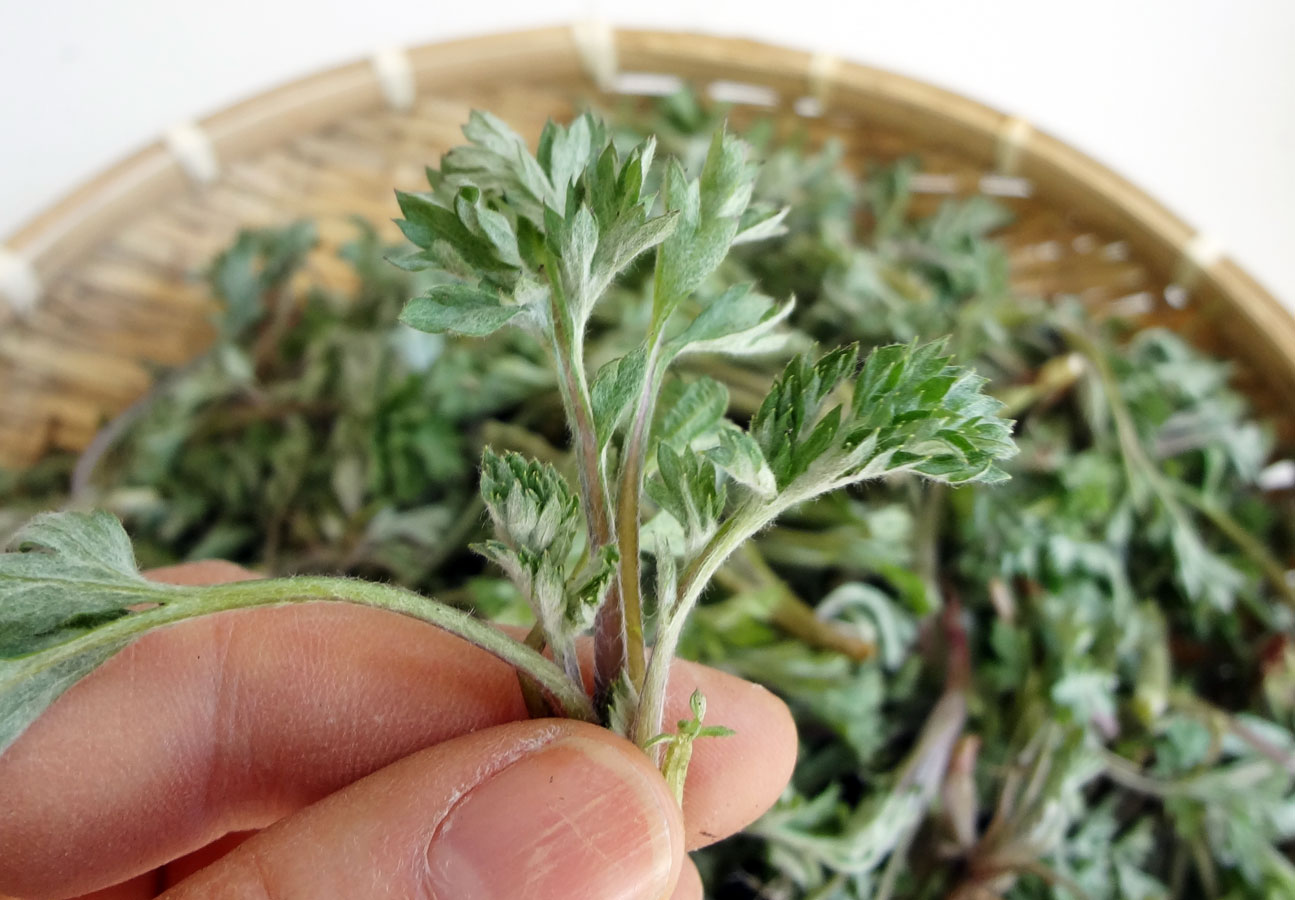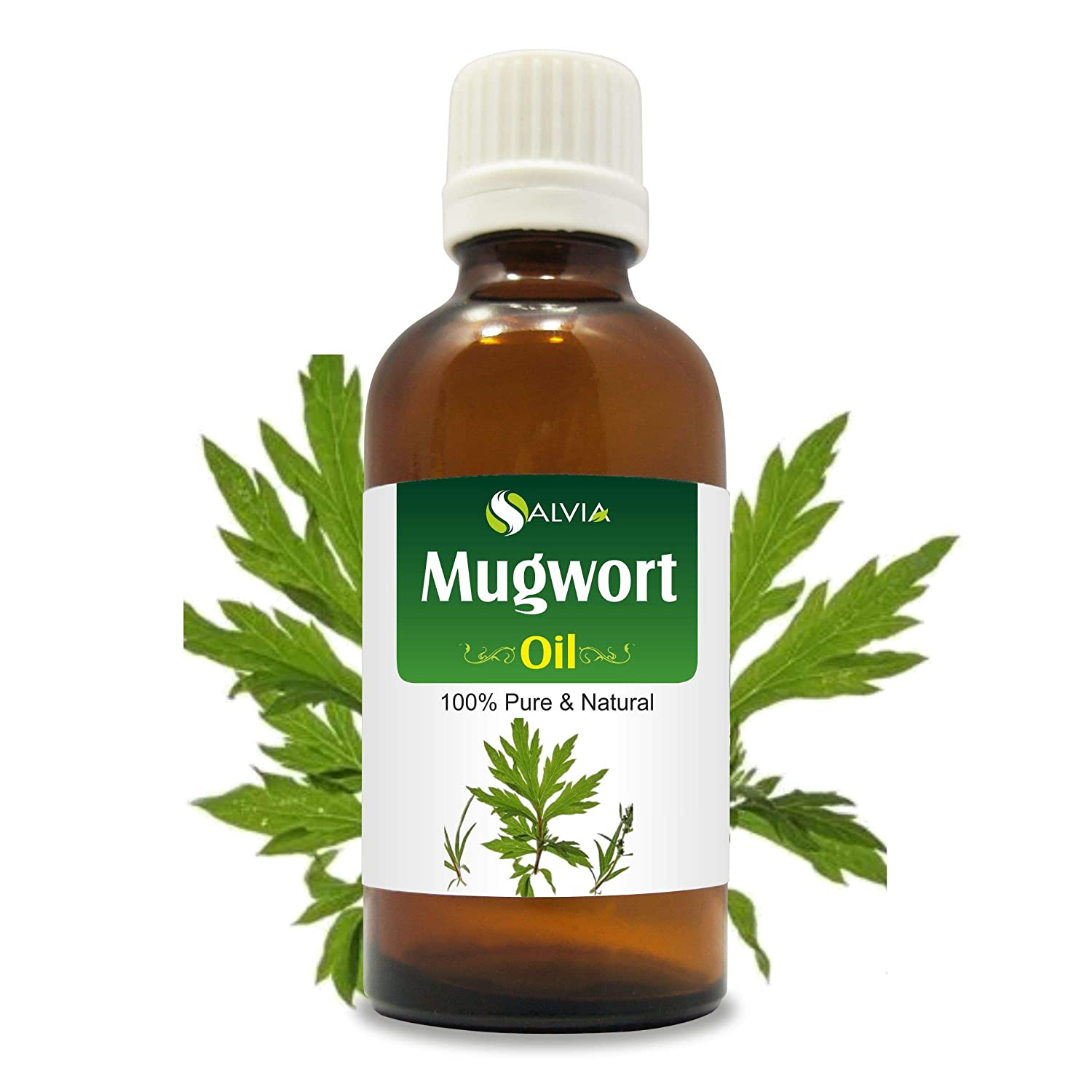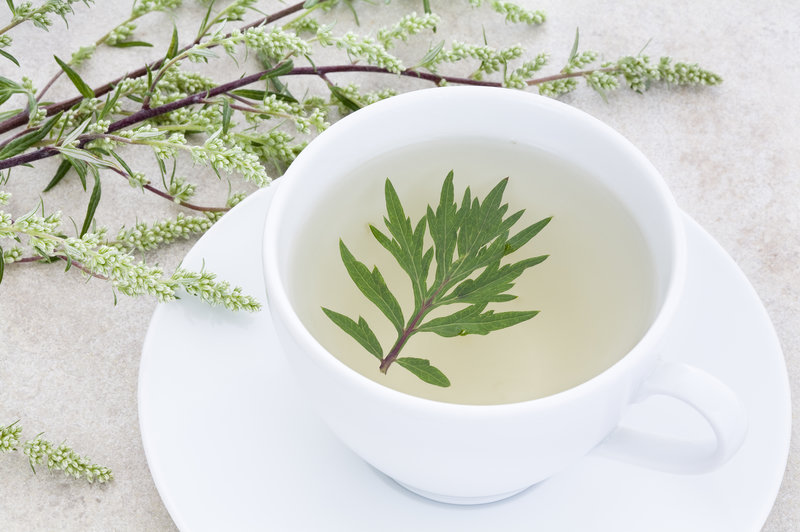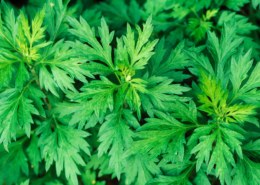Discover Amazing Mugwort Uses And Its Medicinal Value To The World?
Few curious minds have continued to ask questions partaining to Mugwort uses.Interestingly,this amazing plant is known to cure many diseases and ailments and do even more.
Mugwort is a common name for several species of aromatic flowering plants in the genus Artemisia. In Europe, mugwort most often refers to the species Artemisia vulgaris, or common mugwort. While other species are sometimes referred to by more specific common names, they may be called simply “mugwort” in many contexts.

mugworts
Here Are Amazing Mugwort Uses You Probably Didn’t Know About
Used as Food
The leaves and buds, best picked shortly before mugwort flowers in July to September, can be used as a bitter flavoring agent to season fat, meat and fish.Mugwort has also been used to flavor beer before the introduction of hops.

mugworts as food
Moxibustion
In traditional Asian medicine, mugwort or wormwood is used in a process called moxibustion. Mugwort or wormwood leaves are formed into sticks or cones about the size and shape of a cigar, and then burned on or over an acupuncture point to release energy.

Moxibustion
Moxibustion has been practiced for more than 3,000 years in China, and advocates claim that it can strengthen and warm your blood and life energy, and treat inflammations and cancers. This study shows how moxa smoke can improve the autonomic nervous system and induce a relaxing effect on the body.
Moxibustion is also used to treat menstrual cramping and to help a baby in the breech position turn. According to this studyTrusted Source, the practice does appear to increase fetal movements, helping the baby turn to a normal head-down, or cephalic, position. However, the authors conclude that more research needs to be done to determine moxibustion’s real effectiveness.
Used as Essential oil
The composition of mugwort essential oil can vary depending on the genus of plant selected, its habitat, as well as the part of the plant extracted and the season of its harvest. Its main components can include camphor, cineole, α- and β-thujone, artemisia ketone (CAS: 546-49-6), borneol and bornyl acetate as well as a wide variety of other phenols, terpenes and aliphatic compounds.

mugwort as essential oil
Mugworts For Coronavirus
Mugworts(Artemisia Annua) have been effective in the gradual treatment of Coronavirus cases in Madagascar and also a major herbal remedy in China and rest of Asia.

artemisia for coronavirus
Anti-viral herbal medicines have been used in many historic epidemics, for example the previous two coronavirus outbreaks (SARS-CoV in 2013 and MERS-CoV in 2012), seasonal epidemics caused by influenza viruses and dengue virus. Extracts from Lycoris radiate, Artemisia annua and Lindera aggregate, and the natural products isolated from Isatis indigotica, Torreya nucifera and Houttuynia cordata, showed anti-SARS effects. The plant flavone baicalein can prevent dengue virus entry into the host and inhibit post-entry replication. Additionally, natural products from Pelargonium sidoides roots and dandelion have anti-influenza activities, as they inhibit virus entry and key viral enzyme activities
Medieval European Practices
In the European Middle Ages, mugwort was used as a magical protective herb. Mugwort was used to repel insects – especially moths – from gardens. Mugwort has also been used from ancient times as a remedy against fatigue and to protect travelers against evil spirits and wild animals. Roman soldiers put mugwort in their sandals to protect their feet against fatigue.Mugwort is one of the nine herbs invoked in the pagan Anglo-Saxon Nine Herbs Charm, recorded in the 10th century in the Lacnunga.Grieve’s Modern Herbal (1931) states that “in the Middle Ages, the plant was known as cingulum Sancti Johannis, it being believed that John the Baptist wore a girdle of it in the wilderness…a crown made from its sprays was worn on St. John’s Eve to gain security from evil possession, and in Holland and Germany one of its names is ‘St. John’s plant’, because of the belief that – if gathered on St. John’s Eve – it gave protection against diseases and misfortunes.”
In the Isle of Man, mugwort is known as bollan bane, and is still worn on the lapel at the Tynwald Day celebrations, which also have strong associations with St John.
Mugworts In Cuisines
There are several references to the Chinese using mugwort in cuisine. The famous Chinese poet Sū Shì in the 11th century mentioned it in one of his poems. There are even older poems and songs that can be tracked back to 3 BC. It was often called lóuhāo (蒌蒿) or àicǎo (艾草) in Mandarin. Mugwort can be prepared as a cold dish or can be stir-fried with fresh or smoked meat. The Hakka Taiwanese also use it to make chhú-khak-ké (鼠麹粿), doughy sweet dumplings. Mugwort is also used as a flavoring and colorant for a seasonal rice dish.
Used in Traditional Japanese Dishes and Herbs
Mugwort – or yomogi (蓬) – is used in a number of Japanese dishes, including yōkan, a dessert, or kusa mochi, also known as yomogi mochi.
Mugwort rice cakes, or kusa mochi are used for Japanese sweets called daifuku (literally ‘great luck’). To make these, take a small amount of mochi and stuff it or wrap it round a filling of fruit or sweetened adzuki (red bean) paste. Traditional daifuku can be pale green, white or pale pink and are covered in a fine layer of potato starch to prevent sticking.
Mugwort is a vital ingredient of kusa mochi (rice cake with mugwort) and hishi mochi (lozenge rice cake), which is served at the Doll Festival in March. In addition, the fuzz on the underside of the mugwort leaves is gathered and used in moxibustion. In some regions in Japan,there is an ancient custom of hanging yomogi and iris leaves together outside homes in order to keep evil spirits away. It is said that evil spirits dislike their smell. The juice is said to be effective at stopping bleeding, lowering fevers and purging the stomach of impurities. It can also be boiled and taken to relieve colds and coughs.
Mugwort as a Korean Ingredient
In both North and South Korea, mugwort – ssuk (쑥) – is used in soups and salads. A traditional soup containing mugwort and clams is ssukguk (쑥국), made in spring from the young plants just before they bloom. Another dish is named ssukbeomul (쑥버물), in which the mugwort is mixed with rice flour, sugar, salt and water and is then steamed.
It is a common ingredient in rice cakes, teas, soups, and pancakes. Known as a blood cleanser, it is believed to have different medicinal properties depending on the region it is collected in. In some regions, mugwort thins the blood, while in another region, it is claimed to have hallucinogenic properties, causing some to pass out from direct skin contact (dermal absorption) with the active chemicals. For this reason, some Koreans also wear a silk sleeve when picking mugwort plants.
As anthelminthic
The mugwort plant has been used as an anthelminthic, so it is sometimes confused with wormwood (Artemisia absinthium). The plant, called nāgadamanī in Sanskrit, is used in Ayurveda for cardiac complaints as well as feelings of unease, unwellness, and general malaise.
Treating Fever,Skin Problems and Injuries
Indigenous peoples of North America used mugwort for a number of medicinal purposes. Strong, bitter-tasting pasture sagewort tea was taken to treat colds, and fevers. Mugwort was used in washes and salves to treat bruises, itching, sores, poison ivy, eczema and underarm or foot odour. The leaves were dried, crushed and used as a snuff to relieve congestion, nosebleeds and headaches. Tarragon plants were boiled to make washes and poultices for treating swollen feet and legs and snow blindness. Some tribes called western mugwort ‘womens sage’ because the leaf tea was taken to correct menstrual irregularity. It was taken to relieve indigestion, coughs, and chest infections. Western mugwort smoke was used to disinfect contaminated areas and revive patients from comas. Northern wormwood tea was taken to relieve difficulties with urination or bowel movements, to ease delivery of babies and to cause abortions
Credit:
https://en.wikipedia.org/wiki/Mugwort#Uses



Leave an answer
You must login or register to add a new answer.